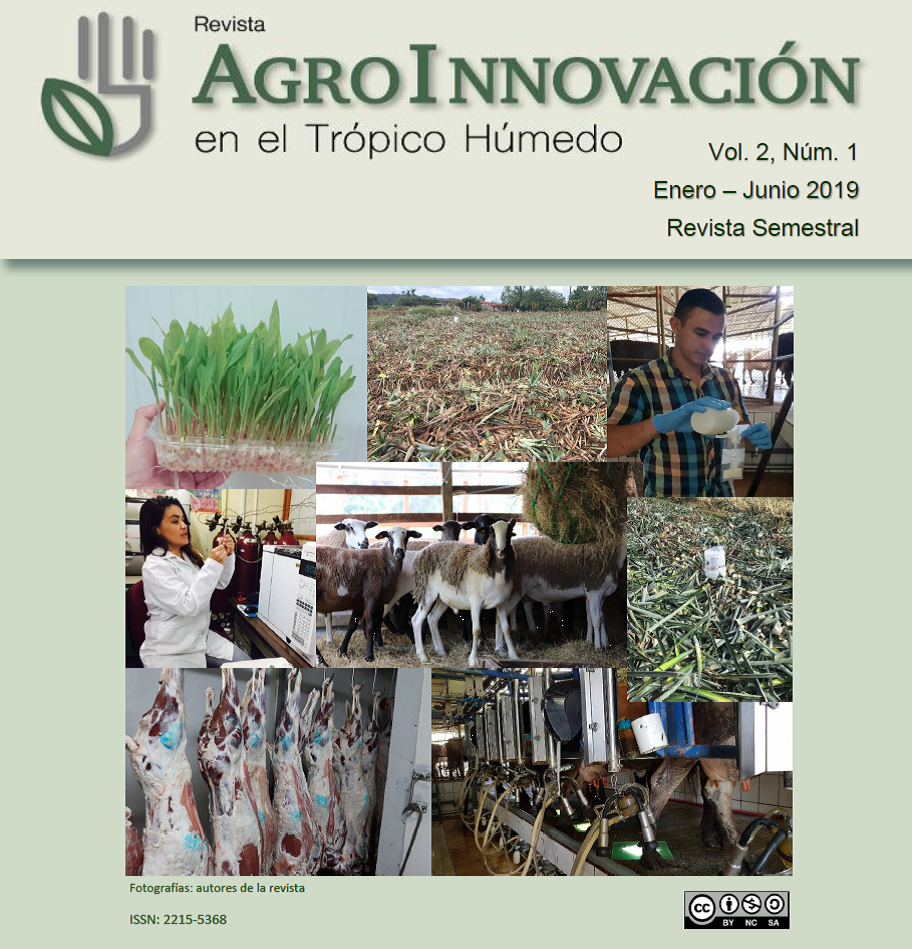Subclinical mastitis detection in dairy cows using linear regression models and artificial intelligence algorithms in San Carlos, Costa Rica
Main Article Content
Abstract
Six linear regression models and artificial intelligence algorithms for the prediction of subclinical mastitis in the milking herd of Ganadera La Uno S.A. farm were compared. As a response variable, a transformation of the “somatic cell count” (CCS) was used (somatic cell score, SCCS). As predictive variables of SCCS, there were used: 1) electrical conductivity (EC), 2) milk production (PL), and 3) technical indicators of cows, such as number of births (NP), days in lactation (DEL), age (ED) and reproductive status (ER). A “sick cow” was defined as one with a somatic cell score (SCCS) of 4 or more, which represents a somatic cell count (CCS) greater than 200,000 cs/ml. Four linear regression models were developed and two machine learning regression techniques were used: A) The Naïve Bayes classification algorithm and B) a regression model developed by automated learning. Linear regression models developed showed R2 values below 0.32, with a poor prediction value in terms of specificity (SPE) and sensitivity (SEN), with SPE of 55% (SEN set at 80%); while the area under the ROC curve of these models approached 75%. The classification algorithm of Naïve Bayes was not a better estimator of subclinical mastitis either, with values of SEN and SPE similar to the linear regression models mentioned above. The best predictor was the linear regression model that machine learning applied, with SPE (at 80% SEN) and areas under the ROC curve of 84.3% and 92.1% respectively. It was shown that there is great potential in machine learning algorithms for the detection of subclinical mastitis in dairy herds.
Article Details
Una vez que un manuscrito haya sido enviado a la Revista AgroInnovación en el Trópico Húmedo para su publicación, el autor o los autores ceden a la revista los derechos patrimoniales de dicho manuscrito.
El autor o los autores de manuscritos aprobados para su publicación autorizan a la Revista AgroInnovación en el Trópico Húmedo a editarlo, reproducirlo, distribuirlo, y publicarlo en formato físico y/o electrónico, incluido Internet.
La titularidad de los derechos morales sobre los trabajos objeto de esta cesión seguirá perteneciendo a los autores.

